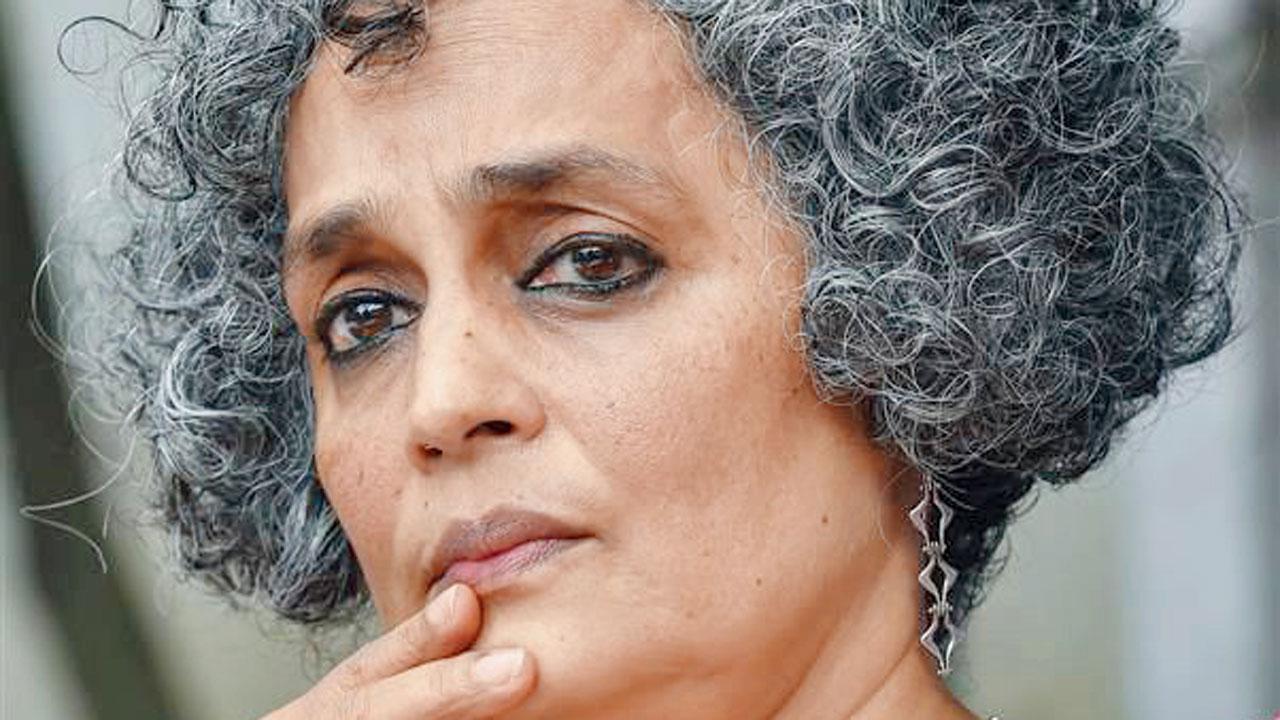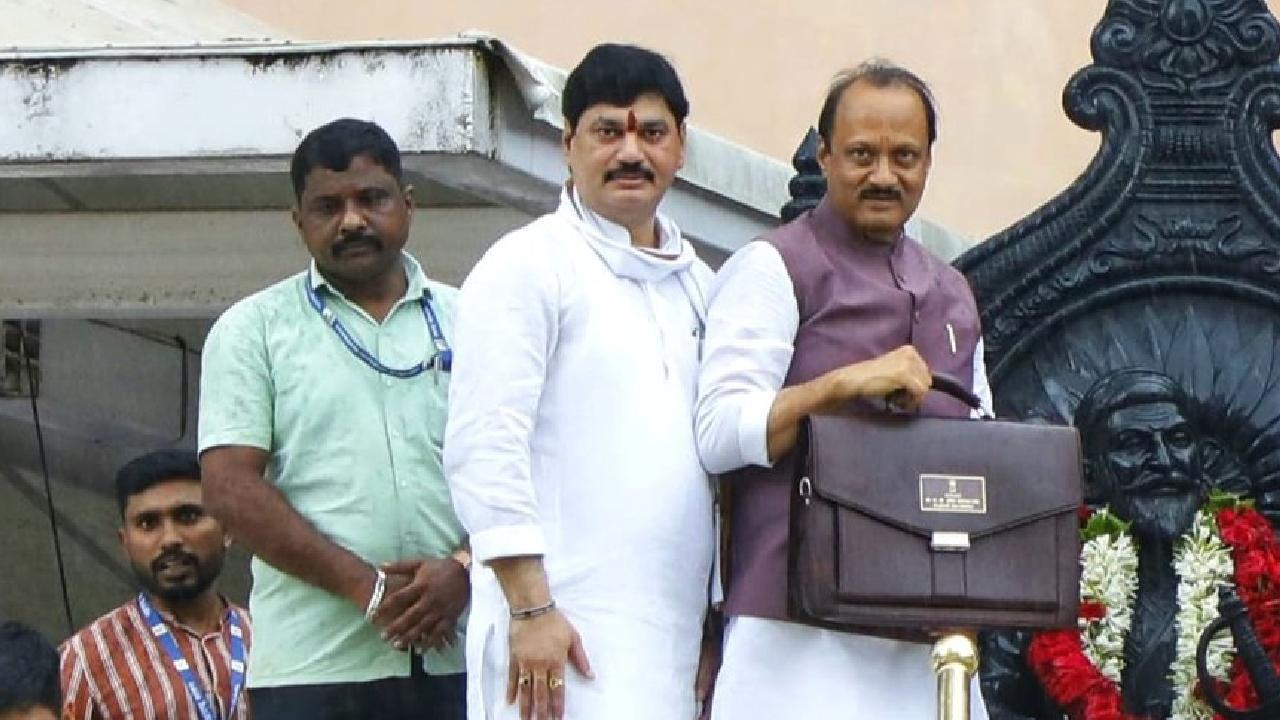
Not that I’d heard of one, Karsan Das Mulji, before watching Maharaj (2024). But it would be fair to enlist him among Bombay’s GOAT journalists.
Given that he started his own city-wide publication, Satya Prakash—singularly to expose the serial, sexual exploiter, Jadunathji Maharaj, religious leader of the Vaishnavite Pushtimarg sect, in the mid-19th Century.
Karsan belonged to the same Hindu sect. Many of whom blindly endorsed this sexual exploitation of young women under the garb of faith.
He used to regularly write for Dadabhai Naoroji’s Anglo-Gujarati journal, Rast Goftar. Which refused to publish his piece against the sect-guru, because the publication “enjoyed wide circulation among Vaishnavites; the devotees wouldn’t tolerate such accusations against the Maharaj”.
May as well start my own newspaper then, Karsan said, and moved on. Only, the distribution manager he employed for the newspaper’s circulation was in cahoots with the Maharaj—burning down copies of Karsan’s newspaper copies. In order to bury the truth.
So, presumably, people wouldn’t even have known about what Karsan had written. Except, the Maharaj shut down several havelis, i.e. temples of the sect, to reopen only if Karsan publicly apologised to the godman. He didn’t.
I’m guessing, this would’ve made the public more curious. They further lined up outside the Supreme Court in Bombay, for what became the landmark Maharaj Libel Case of 1862.
Similarly, I hadn’t heard of the said case, even when on my way to catch the press screening of the film on it. In fact, I’d confused Maharaj with another movie, Maharaja, releasing in theatres the same weekend.
Further confounded by an invitation from Yash Raj Films (YRF), while the movie is a Netflix presentation; meaning, to drop exclusively on the OTT platform.
Maharaj is probably the first YRF movie to go directly online—“introducing Junaid Khan”, as in superstar Aamir’s son—shrouded in such state-level secrecy, that there were no teasers, let alone trailers, for the picture, before release.
Yet, basis a few news clips online about Maharaj, given nobody had seen even snippets of the movie—eight businessmen from Ahmedabad, and a few others, claiming to represent the Pushtimarg sect, took offence to the unseen picture, moving multiple courts to stop its release.
They’d sued the government, along with the content creators involved. This isn’t uncommon in a country, where barbers have formed an association to alter title of the Shah Rukh Khan movie Billu Barber to Billu (2009), or Censor Board Sharmila Tagore chief has nearly lost her job once, because of the word ‘mochi’, deemed casteist slur, in a song (in Aaja Nachle; 2007).
A local court in Bombay trashed the ‘new Maharaj Libel Case’ on Day One itself. Gujarat High Court actually stayed the movie’s release.
What could anybody find objectionable in it—were people defending the sex-pest Jadunathji Maharaj, over a century and half after the fellow’s carnal escapades? He wasn’t, surprisingly, punished for the crime, having filed a defamation case against journalist Karsan, instead!
Gujarat HC Judge Sangeeta Vishen—the only person, apart from a movie critic, to opine on a movie, for a living, here—watched and let Maharaj pass, without any suggested cuts. My bright li’l cousin Ketki Jha (with senior advocate Jal Unwalla) won this case for Netflix.
The petitioners had cherrypicked lines from the long, original, 1862 Maharaj Libel Case verdict to cite how Sanskrit was named a “dead language”, with stuff said about Krishna’s rasleela, by the British judge, then. The movie is admittedly based on the case. Those lines would reappear on screen. Not true.
What clinched it for Ketki & co at Gujarat HC was the petitioners withholding a crucial fact. That the film was based on an existing, 2013 book, by Saurabh Shah.
Which is also to win on a technicality, given books, in general, get away with a lot more than movies.
Correct assumption for India is that nobody reads.
Either way, the movie, directed by Siddharth P Malhotra, finally made it to Netflix. How did I first watch Maharaj, at a preview, in a packed hall (that it isn’t intended for)? Frankly, as a ‘maha bore’! Which often happens with features faithfully, predictably documenting lesser-known history.
Actor Jaydeep Ahlawat kills it as the towering Maharaj in the eponymous pic, of course. Opposite him is Junaid, a likeable bloke alright—but more so because of the character, than anything particularly moving in his performance, per se. The heroine (Shalini Pandey) appears aping Alia Bhatt. This isn’t a star-son, celestial debut for Junaid.
Maybe he wants the same flight as his father, Aamir, who tinkered with an FTII student flick, Subah Subah, for his debut, dabbling in Ketan Mehta’s art-house Holi, before landing the theatrical blockbuster, Qayamat Se Qayamat Tak (1989).
Glad I didn’t summarily pass a personal verdict on Maharaj, though. For, it’s only when you read more on the striking subject—surveying characters in it; the Bombay physician Bhau Daji Lad, Naoroji, the brave Karsan, of course—that you figure how much the script/story is bigger/better than the movie itself.
A seemingly important film needn’t be the most interesting. Unless you sufficiently place it in context. As I did, second time, on Netflix—thanks to Ahmedabad petitioners, reminding me of its relevance. Oh, so should you!
Mayank Shekhar attempts to make sense of mass culture. He tweets @mayankw14
Send your feedback to mailbag@sportify360.com
The views expressed in this column are the individual’s and don’t represent those of the paper.



